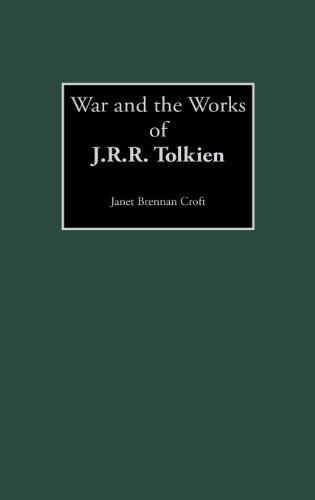What do you think?
Rate this book


Having participated in the First World War, and having seen two of his sons serve in the Second, Tolkien was concerned with many of the same themes that interested other writers in the post-war period. The rhythm of war flows through his writings, but his own interpretation of the themes, symbols, and motifs of war, however, were influenced by his religious views and his interest in fantasy, which add another layer of meaning and a sense of timelessness to his writing. Croft explores the different aspect of Tolkien's relationship with war both in his life and in his work from the early "Book of Lost Tales" to his last story "Smith of Wootten Major," and concentrating on his greatest and most well-known works "The Hobbit" and "The Lord of the Rings." This timely addition to the critical literature on Tolkien sheds new light on the author's life and works.
Tolkien, one of the world's most beloved authors, was a World War I signaling officer who survived the Battle of the Somme, and two of his sons served during World War II. Such experiences and events lead Tolkien to a complex attitude toward war and military leadership, the themes of which find their way into his most important writings. His fiction, criticism, and letters demonstrate a range of attitudes that would change over the course of his life. In the end, his philosophy on human nature and evil, and the inevitability of conflict, would appear to be pragmatic and rational, if regretful and pessimistic. Still, Croft is able to uncover a strain of hopefulness, as befitted his Catholicism, about the ultimate fate of the human soul. She concludes that his personal life and values informed his reading and his writing and the way in which he interpreted his own experiences. This valuable consideration of war in the life of Tolkien is essential reading for all readers interested in deepening their understanding of this great writer.
Hardcover
First published June 30, 2004
Perhaps one reason Tolkien is so frequently voted “Author of the Century” is because he took what was a pivotal event in world history and transformed it into a comprehensible myth to help us understand how our world has changed and learn how we can still live in it with courage (32).